Masashi Yanagisawa: Solving the Mysteries of Sleep: Toward the Real-World Implementation of Sleep Science, 12th Ludwig Boltzmann Forum, 20 February 2020
Masashi Yanagisawa, International Institute for Integrative Sleep Medicine (WPI-IIIS), Director, University of Tsukuba, Professor
Professor Yanagisawa is founder and Director of the International Institute for Integrative Sleep Medicine (IIIS), which he founded and is leading to study sleep – one of the most important puzzles of nature. He build the IIIS based on his long work at the University of Texas Southwestern Medical Center, and learning from the principles guiding departments at major US Universities.
Summary by Gerhard Fasol
Solving the mysteries of sleep: what physically is “sleepiness”?
Tokyo is the world’s most sleep-insufficient city with 5 h 28 mins/night
The world’s most sleep-insufficient city is Tokyo – actigraphy shows that the average sleep time in Tokyo is 5 hours 28 minutes – and this is unsustainable. (GF: see notes towards the end of this page)
A study by the sleep app company SleepCycle and mentioned in The Economist/1843 magazine shows average time in bed per day based on 1 million users of the SleepCycle app vs GDP/person for 55 countries (see notes below for sources). While New Zealand, Finland and Netherlands show similar GDP/person, their time in bed is longest 0n the order of 7 h 45 mins/night, while South Korea and Japan are at the bottom of the figure with time in bed around 6 h 15 mins to 6 h 30 mins.
Lack of sleep is estimated to cost Japan about US$ 138 billion (3% of GDP) annually
The study “Why Sleep Matters: Quantifying the Economic Costs of Insufficient Sleep” by RAND Europe
https://www.rand.org/randeurope/research/projects/the-value-of-the-sleep-economy.html
estimates that insufficient sleep costs Japan about US$ 138 billion (about 3% of GDP) annually. While less dramatic, sleep in other major industrial countries is also insufficient, and ist estimated to cost Germany about 1.6%, UK 1.9%, the USA 2.3%, and Canada 1.3% of GDP.
Lack of sleep causes a decrease of performance similar to alcohol intoxication
Dawson and Reid in study compared the decrease of performance caused by extended wakefulness with that caused by alcohol intoxication, and found that 17 hours of sustained wakefulness (e.g. from 7am to midnight) causes a drop in performance similar that caused by a blood alcohol concentration of 0.05%.
Wakefulness of 24 hours (e.g. from 7am until 7am the next day) leads to performance reduction corresponding to a blood alcohol concentration of 0.1%.
reference: Dawson, D., Reid, K. Fatigue, alcohol and performance impairment. Nature 388, 235 (1997)
https://www.nature.com/articles/40775
The neurobiological “cost” of sleep reduction accumulates, and sleep deprived individuals underestimate this cost
Van Dongen et al show that the “cost” of short sleep, “sleep debt” accumulates, and is systematically underestimated by individuals as a consequence of insufficient sleep.
reference: Van Dongen HP, Maislin G, Mullington JM, Dinges DF. The cumulative cost of additional wakefulness: dose-response effects on neurobehavioral functions and sleep physiology from chronic sleep restriction and total sleep deprivation. Sleep, Volume 26, Issue 2, March 2003, Pages 117–126,
https://doi.org/10.1093/sleep/26.2.117
https://academic.oup.com/sleep/article/26/2/117/2709164
Healthy young individuals are at risk of accumulating “sleep debt”, from which it is hard to recover
Laboratory experiments show that healthy young individuals are at risk of sleeping one hour/day less than optimal, and a 1 hour “sleep debt” takes 4 days of optimum sleep to recover to full performance.
reference: Shingo Kitamura, Yasuko Katayose, Kyoko Nakazaki, Yuki Motomura, Kentaro Oba, Ruri Katsunuma, Yuri Terasawa, Minori Enomoto, Yoshiya Moriguchi, Akiko Hida & Kazuo Mishima, Estimating individual optimal sleep duration and potential sleep debt, Sci Rep 6, 35812 (2016).
https://doi.org/10.1038/srep35812
https://www.nature.com/articles/srep35812
Short sleep duration is independently associated with prevalent and incident atrial fibrillation
Lack of sleep is associated with atrial fibrillation. Atrial fibrillation is associated with increased risk of heart failure, dementia, and stroke.
reference: Michael V. Genuardi MD, Rachel P. Ogilvie, PhD, MPHb,Aisha Rasool Saand, MD, Rebecca S. DeSensi, BA, Melissa I. Saul, MS, Jared W. Magnani, MD, Sanjay R. Patel, MD, Association of Short Sleep Duration and Atrial Fibrillation, Chest, (September 2019) Volume 156, Issue 3, Pages 544–552
https://doi.org/10.1016/j.chest.2019.01.033
https://journal.chestnet.org/article/S0012-3692(19)30196-5/
Do all animals sleep? When in evolution did sleep develop? Do animals without a centralized nervous system sleep?
How far back in Darwin’s evolution did sleep develop? Sleep has been observed in a wide range of animals, in worms, flies, zebrafish and mice. Although it’s hard to prove scientifically, its likely that all animals with a central nervous system sleep, however sleep patterns differ.
Do animals without a centralized nervous system sleep?
Three characteristics define sleep:
- a period of decreased activity
- reduced responsiveness to stimuli
- homeostatic regulation
Ravi et al demonstrated sleep in “upside down jellyfish”, Cassiopea jellyfish, which belong to the Cnidaria evolutional lineage. These have a non-centralized nerve net, but no centralized nervous system or brain.
Cassiopea pulse by relaxing and contracting their bell about 1 pulse per second. Nath et al observed this pulse for a large number of Cassiopea jellyfish with an imaging system, and found that Cassiopea pulse less during night than during day, this sleep state is rapidly reversible, and shows all other characteristics of sleep.
Thus it seems that sleep arose before the evolution of a centralized nervous system.
see: Ravi D. Nath, Claire N. Bedbrook, Michael J. Abrams, Ty Basinger, Justin S. Bois, David A. Prober, Paul W. Sternberg, Viviana Gradinaru, and Lea Goentoro, The Jellyfish Cassiopea Exhibits a Sleep-like State, Current Biology 27, 2984–2990, (October 9, 2017)
http://dx.doi.org/10.1016/j.cub.2017.08.014
https://www.cell.com/current-biology/fulltext/S0960-9822(17)31023-0
Motivation and sleep
Lazarus/Oishi Laboratory (International Institute for Integrative Sleep Medicine WPI-IIIS)
https://www.wpiiiislazaruslab.org
Sleep is understood to be driven by two factors:
- homeostatic drive, and
- circadian rhythm. The 2017 Nobel Prize in Physiology or Medicine was awarded for the discoveries of molecular mechanisms controlling the circadian rhythm
However, we all know that motivation, emotion also influence sleep.
Why are we sleepy when we are bored?
The Nucleus Accumbens (NAc) is located close to the hypothalamus (which links the nervous system to the endocrine system and regulates processes in the autonomous nervous system) in our brains, and contributes to processing motivation, aversion, reward, and is also involved in inducing slow-wave sleep.
The Nucleus Accumbens (NAc) links motivation and sleep.
Adenosine A2A acting on the NAc via A2A-Receptors (A2AR) induces slow-wave sleep. Chemogenetic inhibition of NAc neurons suppresses sleep. A2A receptors allow sleep gating.
Motivational stimuli act on the NAc via Dopamine as a neurotransmitter.
References
- Yo Oishi, Qi Xu, Lu Wang, Bin-Jia Zhang, Koji Takahashi, Yohko Takata, Yan-Jia Luo,Yoan Cherasse, Serge N. Schiffmann, Alban de Kerchove d’Exaerde, Yoshihiro Urade, Wei-Min Qu, Zhi-Li Huang & Michael Lazarus, Slow-wave sleep is controlled by a subset of nucleus accumbens core neurons in mice, Nat Commun 8, 734 (2017)
- Ray Luo, Akira Uematsu, Adam Weitemier, Luca Aquili, Jenny Koivumaa, Thomas J. McHugh & Joshua P. Johansen, A dopaminergic switch for fear to safety transitions. Nat Commun 9, 2483 (2018).
- Michael Lazarus, Yo Oishi, Theresa E. Bjorness and Robert W. Greene, Gating and the Need for Sleep: Dissociable Effects of Adenosine A1 and A2A Receptors, (2019) Gating and the Need for Sleep: Dissociable Effects of Adenosine A1 and A2A Receptors. Front. Neurosci. 13:740
Orexin (= hyprocretin) controls arousal, sleep and appetite – discovered by Masashi Yanagisawa’s and Lecea and Kilduff et al. groups
Orexin is a neuropeptide controlling arousal, sleep and appetite and was discovered in 1998 simultaneously by two independent groups of researchers: Masashi Yanagisawa’s group named this newly discovered neuropeptide “orexin”, while Lecea and Kilduff et al’s group named it “hypocretin”.
- Masashi Yanagisawa’s lab at the University of Texas Southwestern Medical Center at Dallas: Takeshi Sakurai, Akira Amemiya, Makoto Ishii, Ichiyo Matsuzaki, Richard M Chemelli, Hirokazu Tanaka, S. Clay Williams, James A Richardson, Gerald P Kozlowski, Shelagh Wilson, Jonathan R.S Arch, Robin E Buckingham, Andrea C Haynes, Steven A Carr, Roland S Annan, Dean E McNulty, Wu-Schyong Liu, Jonathan A Terrett, Nabil A Elshourbagy, Derk J Bergsma, Masashi Yanagisawa, Orexins and Orexin Receptors: A Family of Hypothalamic Neuropeptides and G Protein-Coupled Receptors that Regulate Feeding Behavior, Cell, 92, 573-585 (Feb 20, 1998)
- L. de Lecea, T. S. Kilduff, C. Peyron X.-B. Gao, P. E. Foye, P. E. Danielson, C. Fukuhara, E. L. F. Battenberg, V. T. Gautvik, F. S. Bartlett, II, W. N. Frankel, A. N. van den Pol, F. E. Bloom, K. M. Gautvik, and J. G. Sutcliffe, The hypocretins: Hypothalamus-specific peptides with neuroexcitatory activity, Proc Natl Acad Sci USA. (1998) Jan 6; 95(1): 322–327.
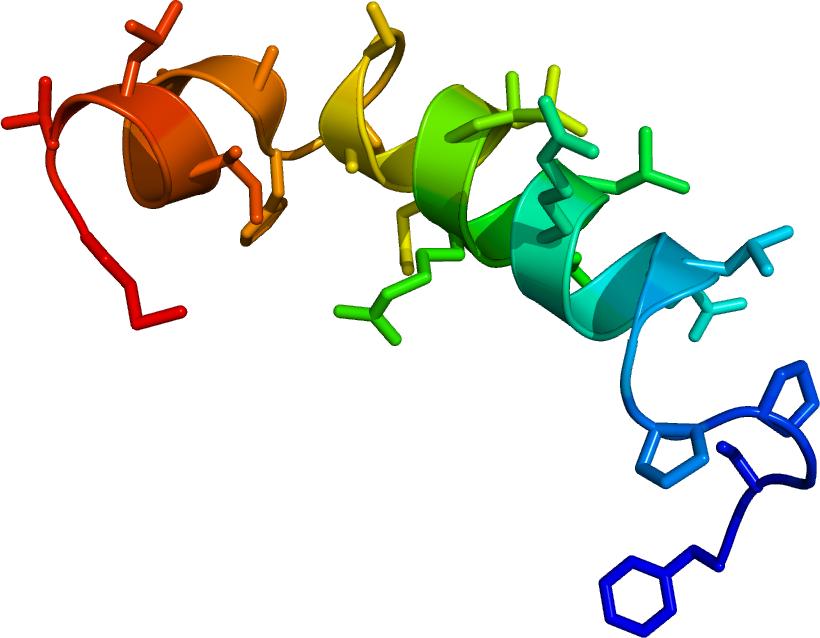
Source of this picture: Wikipedia. This work has been released into the public domain by its author, Boghog2 at the Wikipedia project. This applies worldwide. In case this is not legally possible: Boghog2 grants anyone the right to use this work for any purpose, without any conditions, unless such conditions are required by law.
Narcolepsy: “sleep attacks”
Narcolepsy is a sleep disorder, where wake-sleep cycle control is defective. Narcolepsy is a serious disorder, where patients can be affected by “sleep attacks”, sudden sleep during daytime, a pathological intrusion of REM sleep into wakefulness.
Sarah Elizabeth very generously published to following video on YouTube for educational purposes, to show us a narcolepsy “sleep attack”: (source: (c) Sarah Elizabeth on YouTube)
Peyron et al showed that there is a loss of orexin (hypocretin) in narcolepsy patients.
references:
- Christelle Peyron, Juliette Faraco, William Rogers, Beth Ripley, Sebastiaan Overeem, Yves Charnay, Sona Nevsimalova, Michael Aldrich, David Reynolds, Roger Albin, Robin Li, Marcel Hungs, Mario Pedrazzoli, Muralidhara Padigaru, Melanie Kucherlapati, Jun Fan, Richard Maki, Gert Jan Lammers, Constantin Bouras, Raju Kucherlapati, Seiji Nishino & Emmanuel Mignot, A mutation in a case of early onset narcolepsy and a generalized absence of hypocretin peptides in human narcoleptic brains, Nat Med 6, 991–997 (2000)
Sleep/wake switching circuitry
Scammell et al review the major components of the wake-promoting circuitry (neurons) and the sleep-promoting neurons.
references
- Thomas E. Scammell, Elda Arrigoni, and Jonathan O. Lipton, Neural Circuitry of Wakefulness and Sleep, Neuron 93(4), 747-765 (Feb 22, 2017)
Orexin agonists and antagonists as potential therapeutics
Orexins are produced by there hypothalamus and are involved in wakefulness and arousal. Blocking the signaling by Orexins is promising as therapy for insomnia. Orexin receptors as drug targets: towards a therapy for narcolepsy.
Orexin antagonists for treatment of insomnia.
- Takashi Nagahara, Tsuyoshi Saitoh, Noriki Kutsumura, Yoko Irukayama-Tomobe, Yasuhiro Ogawa, Daisuke Kuroda, Hiroaki Gouda, Hidetoshi Kumagai, Hideaki Fujii, Masashi Yanagisawa, Hiroshi Nagase, Design and Synthesis of Non-Peptide, Selective Orexin Receptor 2 Agonists, J. Med. Chem. (2015), 58, 20, 7931-7937
Sleep regulation: sleep need (hours) vs sleep/wake switching (seconds)
Sleep regulation can be symbolized by a Shishi-odoshi (鹿威し), a bamboo device often found in Japanese gardens. The bamboo is mounted off midway on a pivot, and slowly fills with water. The shorter part of the bamboo tube fills with water from a well, and as it fills, the point is reached where the bamboo tips over suddenly and releases the water. Sleep need similarly build up over time, until the sleep center tips over and we fall asleep suddenly. Assisted by orexin, the arousal center inhibits the sleep center in the brain while we are awake. When we are asleep, the sleep center inhibits the arousal center, and the sleep need decreases while we are sleeping.
references
- Clifford B. Saper, Thomas E. Scammell & Jun Lu, Hypothalamic regulation of sleep and circadian rhythms, Nature 437, 1257–1263 (2005)
- Vosko AM, Colwell C, Avidan A, Jet lag syndrome: circadian organization, pathophysiology, and management strategies. Nature and Science of Sleep, Volume 2010:2 Pages 187—198 (Aug 19, 2010)
Breading “Sleepy” mice mutants to study the genetics of sleep regulation
To study the switching mechanisms between wakefulness, REM-sleep and NREM-sleep (REM = Rapid Eye Movement), “sleepy” mice genetic mutants were studied and compared with normal non-sleepy mice.
references
- Funato H, Miyoshi C, Fujiyama T, Kanda T, Sato M, Wang Z, Ma J, Nakane S, Tomita J, Ikkyu A, Kakizaki M, Hotta-Hirashima N, Kanno S, Komiya H, Asano F, Honda T, Kim SJ, Harano K, Muramoto H, Yonezawa T, Mizuno S, Miyazaki S, Connor L, Kumar V, Miura I, Suzuki T, Watanabe A, Abe M, Sugiyama F, Takahashi S, Sakimura K, Hayashi Y, Liu Q, Kume K, Wakana S, Takahashi JS, Yanagisawa M. Forward-genetics analysis of sleep in randomly mutagenized mice. Nature 539, 378–383 (2016)
Solving the mysteries of sleep: International Institute for Integrative Sleep Medicine (IIIS)
https://wpi-iiis.tsukuba.ac.jp
Director: Masashi Yanagisawa
https://wpi-iiis.tsukuba.ac.jp/research/member/detail/masashiyanagisawa/
Basic concept of IIIS: learning from “departments” in major US Universities.
- Strong leadership of “department head”
- Appointment of early career PI
- Flat personnel hierarchy
- Open and mixed research environment
- Flexible and dynamic allocation of research resources including floor space
- Sharing of large facilities and equipment
- Streamlined administrative services
Notes by Gerhard Fasol
Japan is the most sleep deprived country of a very long list of major countries
The American Academy of Sleep Medicine (AASM) and the Sleep Research Society (SRS) in a joint consensus statement say:
“Adults should sleep 7 or more hours per night on a regular basis to promote optimal health”.
see: Watson NF, Badr MS, Belenky G, Bliwise DL, Buxton OM, Buysse D, Dinges DF, Gangwisch J, Grandner MA, Kushida C, Malhotra RK, Martin JL, Patel SR, Quan SF, Tasali E. Recommended amount of sleep for a healthy adult: a joint consensus statement of the American Academy of Sleep Medicine and Sleep Research Society. SLEEP 2015;38(6):843–844.
https://www.st-va.ncbi.nlm.nih.gov/pmc/articles/PMC4434546/
https://dx.doi.org/10.5665%2Fsleep.4716
https://academic.oup.com/sleep/article/38/6/843/2416939
sleepcycle.com, which markets the SleepCycle app has been downloaded by 37.4 million people and has tracked 4.38 billion hours of sleep, and publishes statistics on sleep in different countries based on sleep statistics shared by their users/customers.
In a short report dated December 5, 2014, SleepCycle lists Japan as the No. 1 sleep-deprived country in a list of 20 countries and including the analysis of 351,044 users during 1-30 November 2014. All countries have a minimum of 2000 registered users.
Average time in bed, 1-30 November 2014, SleepCycle study of Dec 5, 2014:
- Japan 5 h 56mins
- South Korea 8 h 03mins
- Brazil 6 h 37 mins
- Mexico 6 h 40 mins
- China 6 h 42 mins
- Italy 6 h 58 mins
- Spain 6 h 58 mins
- Germany 7 h 09 mins
- Norway 7 h 10 mins
- Switzerland 7 h 11 mins
- US 7 h 11 mins
- Canada 7 h 15 mins
- Denmark 7 h 16 mins
- Sweden 7 h 16 mins
- France 7 h 16 mins
- Australia 7 h 20 mins
- UK 7 h 22 mins
- Belgium 7 h 23 mins
- Netherlands 7 h 26 mins
- New Zealand 7 h 27 mins
More detailed data based on 1 million users of SleepCycle were published by The Economist/1843 magazine in the April/May 2018 issue: “Which countries get the most sleep?” The data in this article also show Japan with the shortest length of sleep, about 6 h 20 mins/night at the bottom of a list of 55 major countries. The same SleepCycle data are also shown in a blog article by the World Economic Forum: “Which countries get the most sleep – and how much do we really need?”
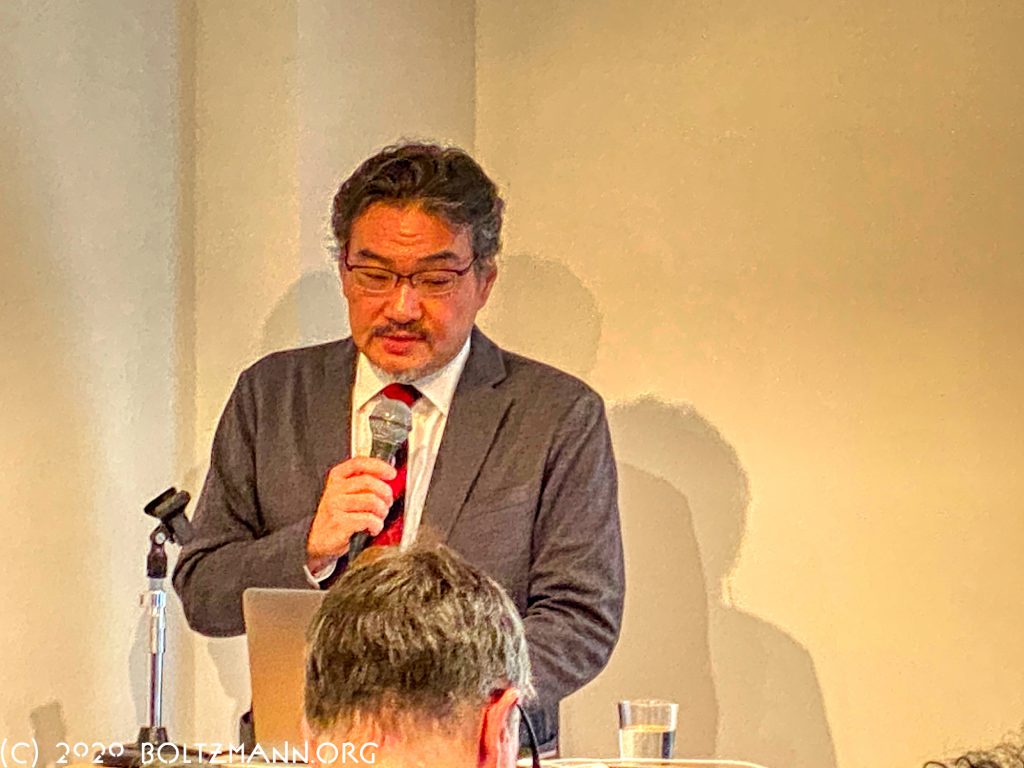

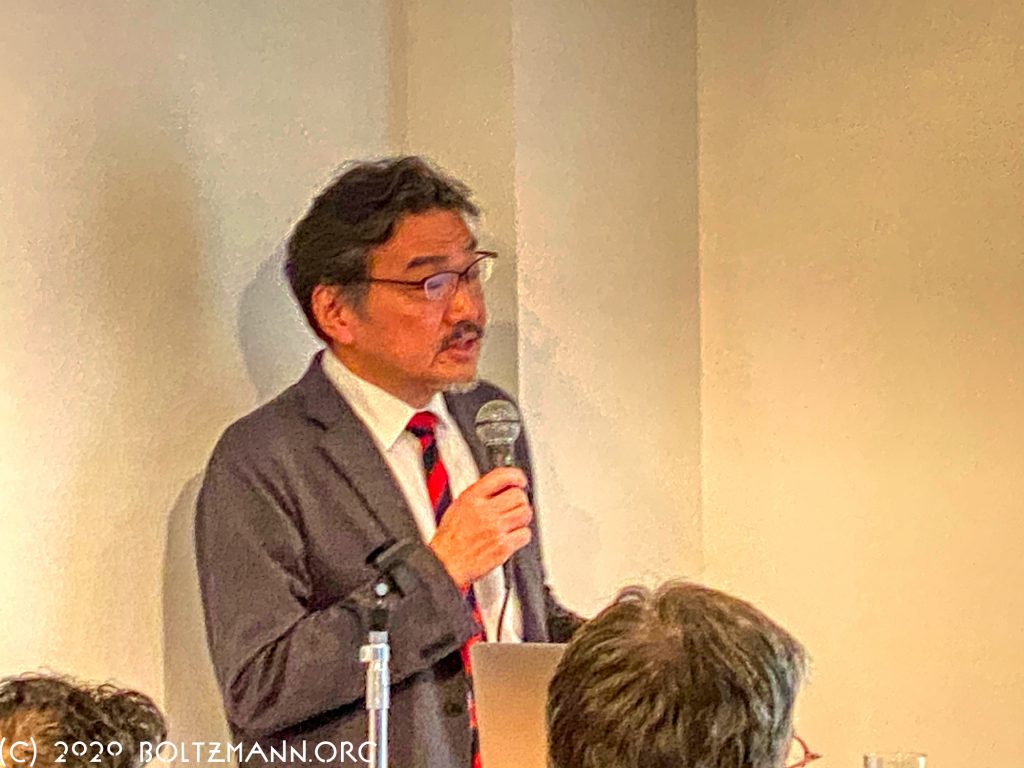
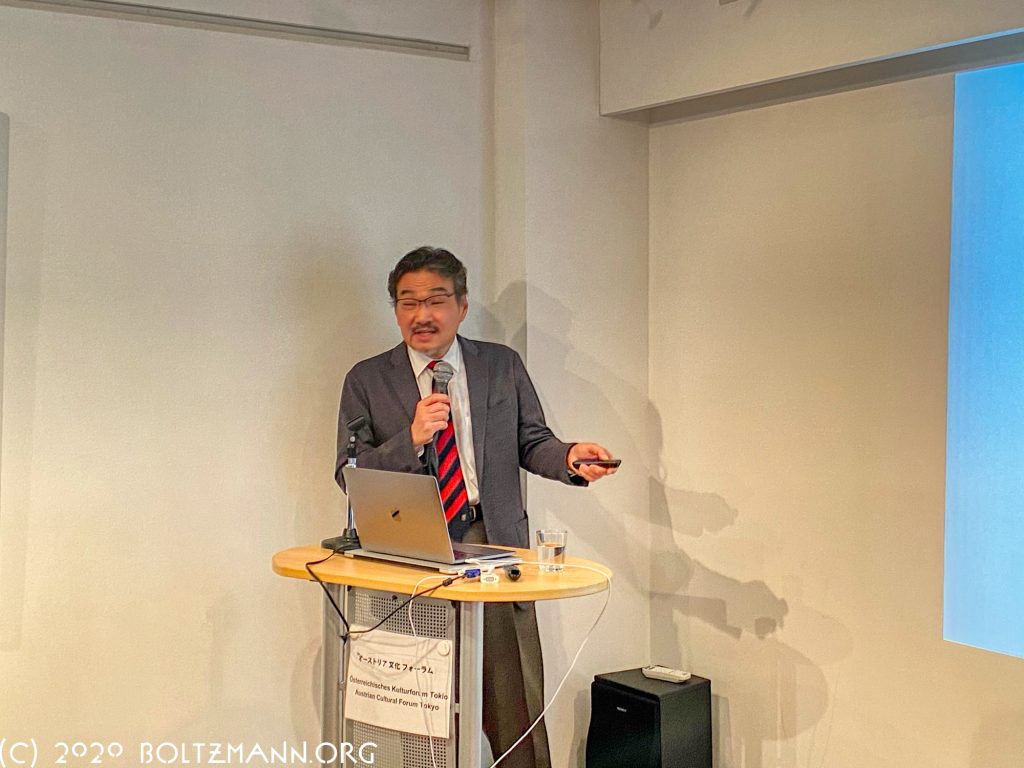
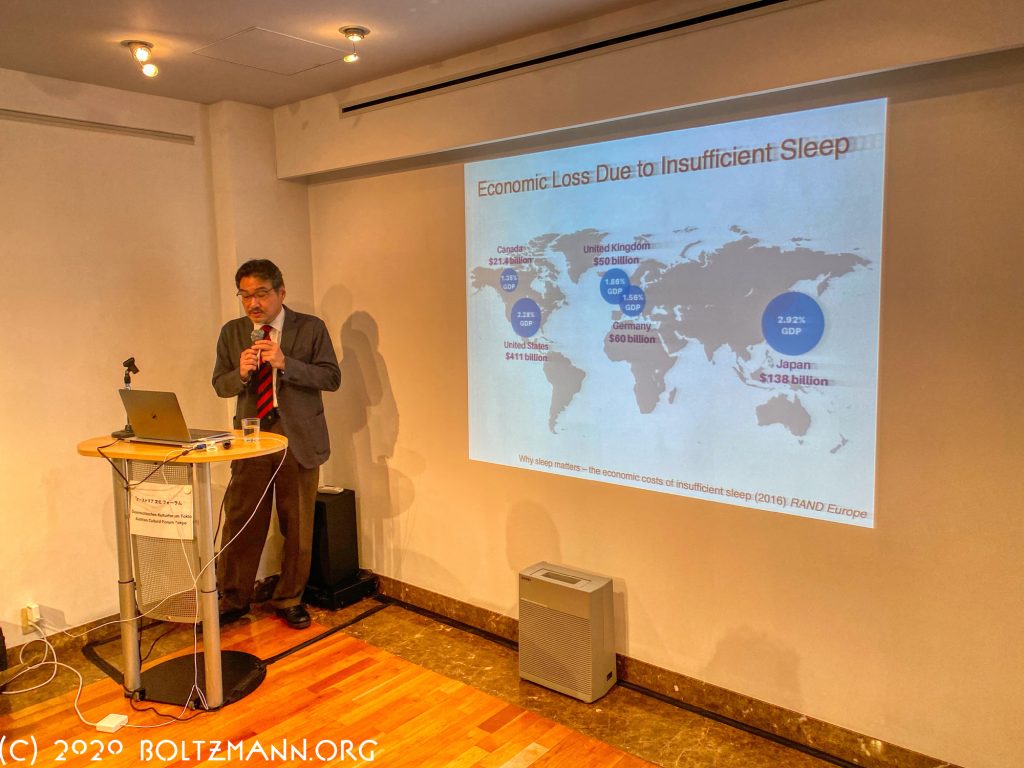
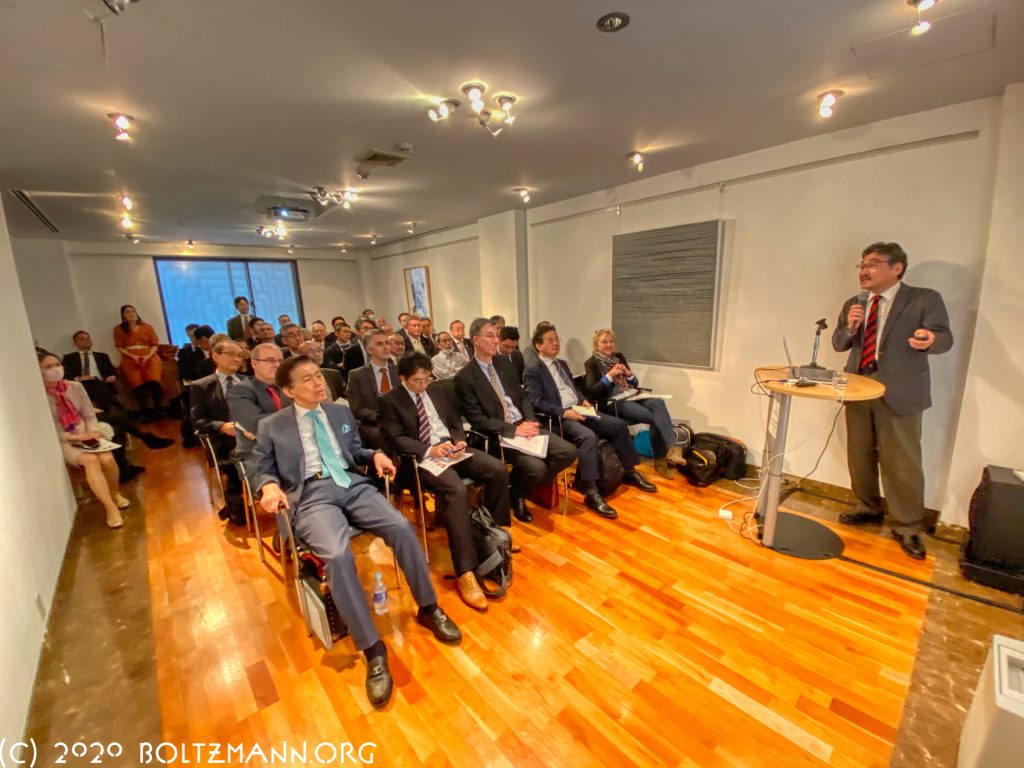
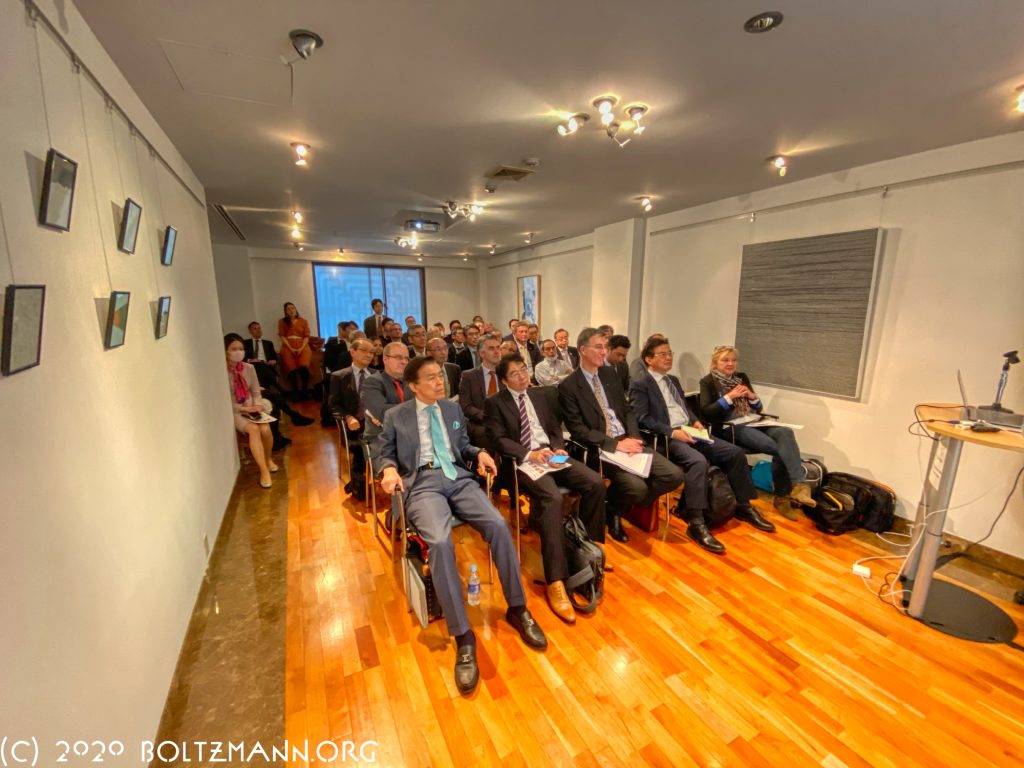
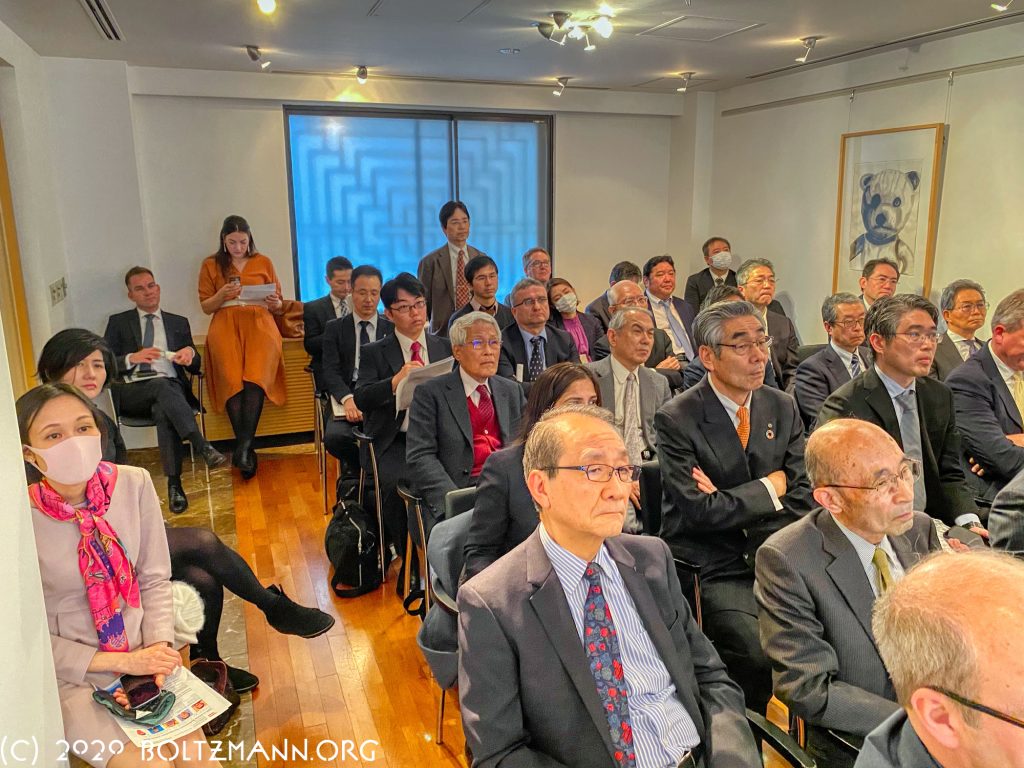
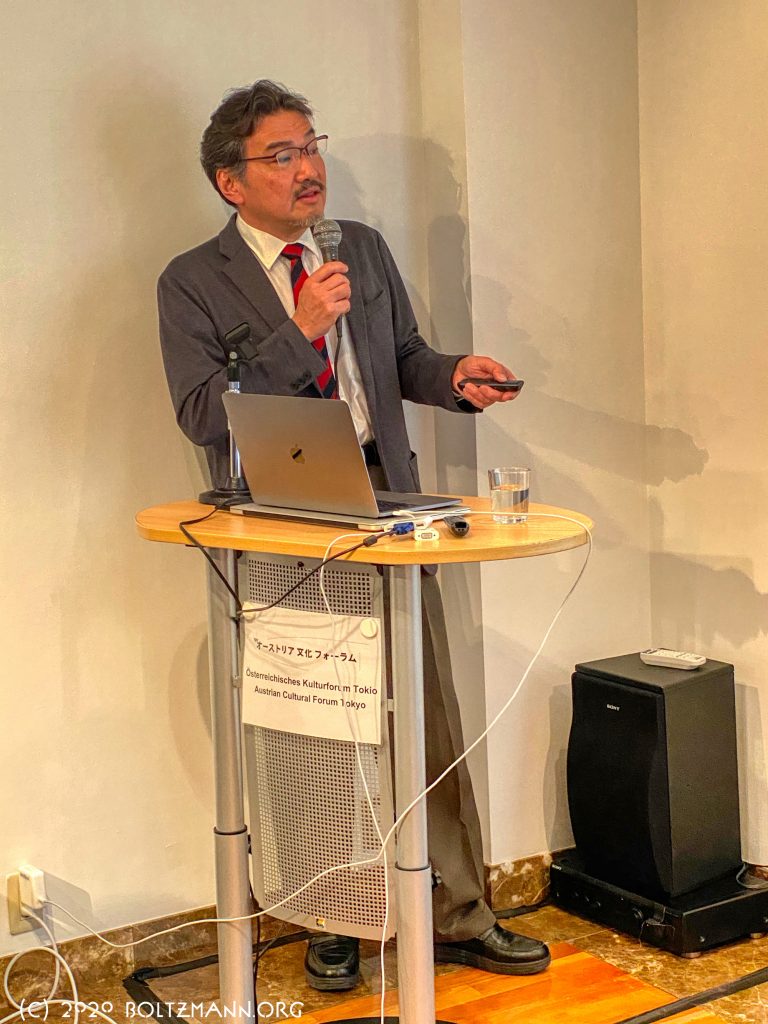
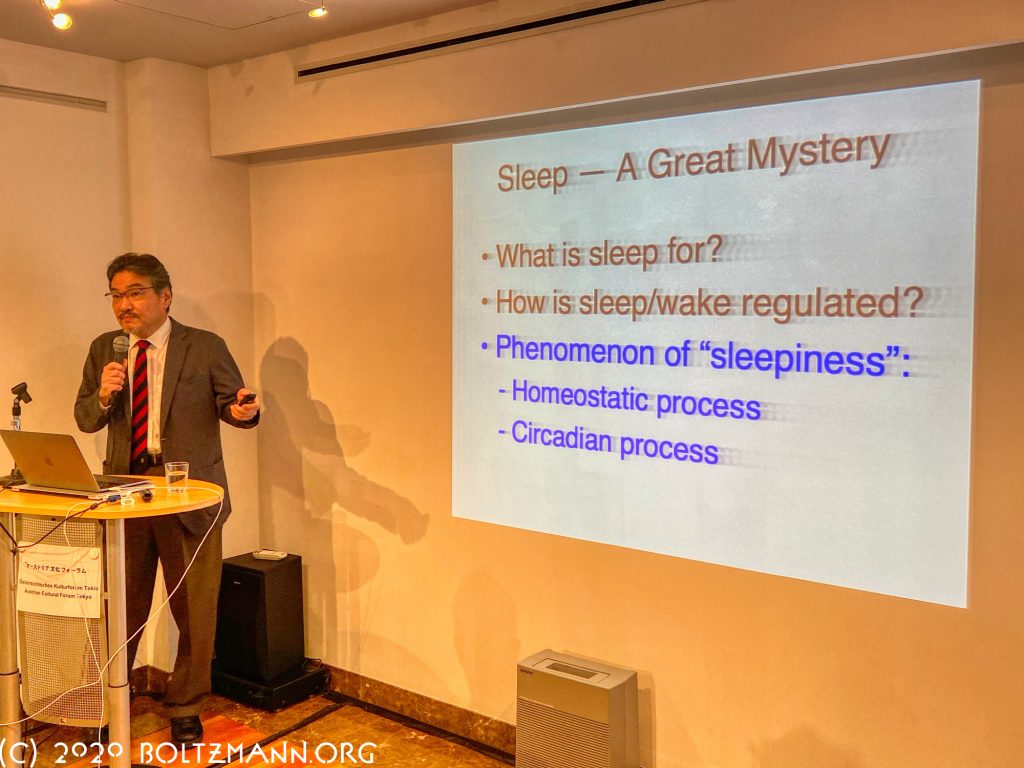
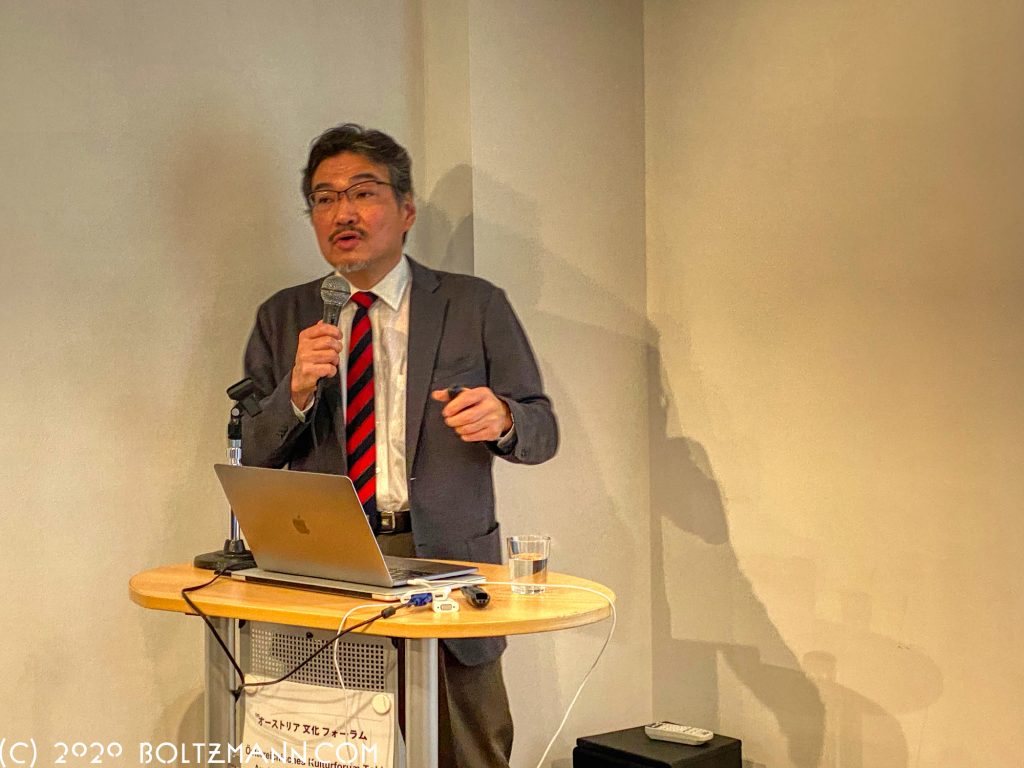
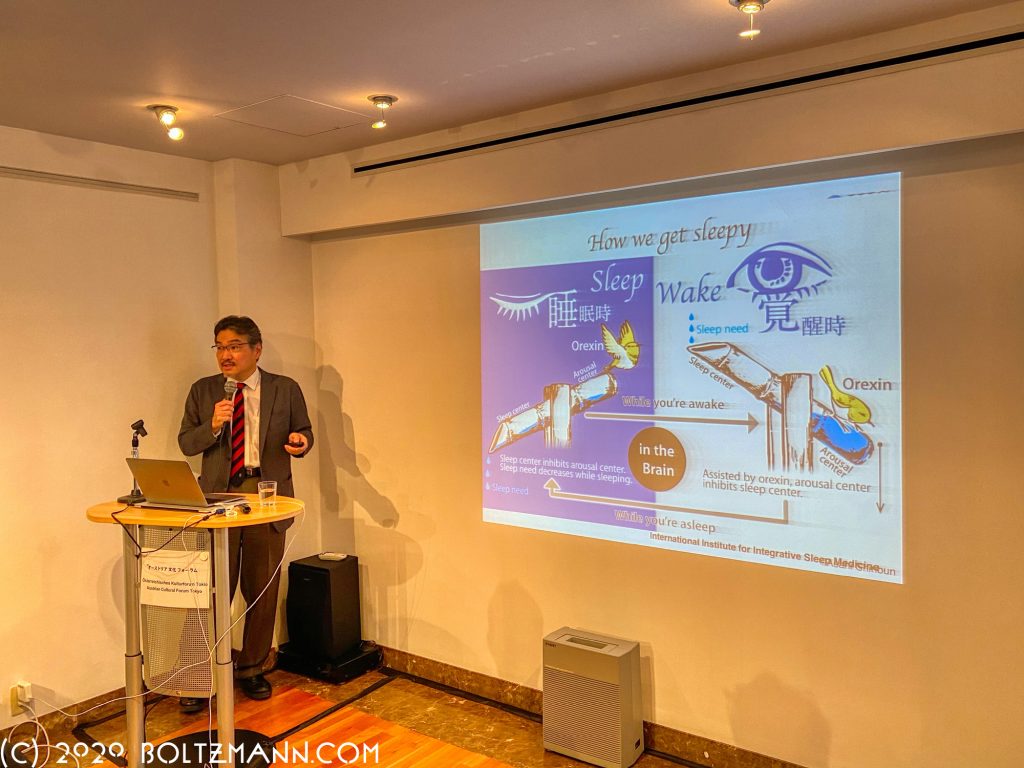
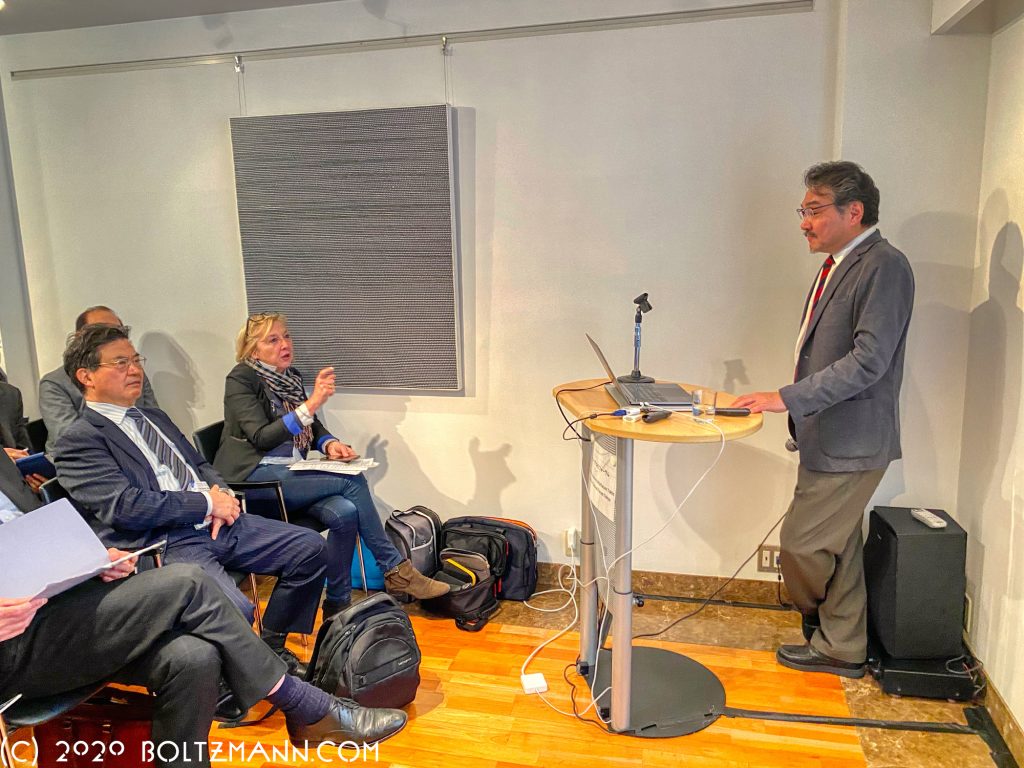
contact
Copyright (c) 2020 Eurotechnology Japan KK All Rights Reserved
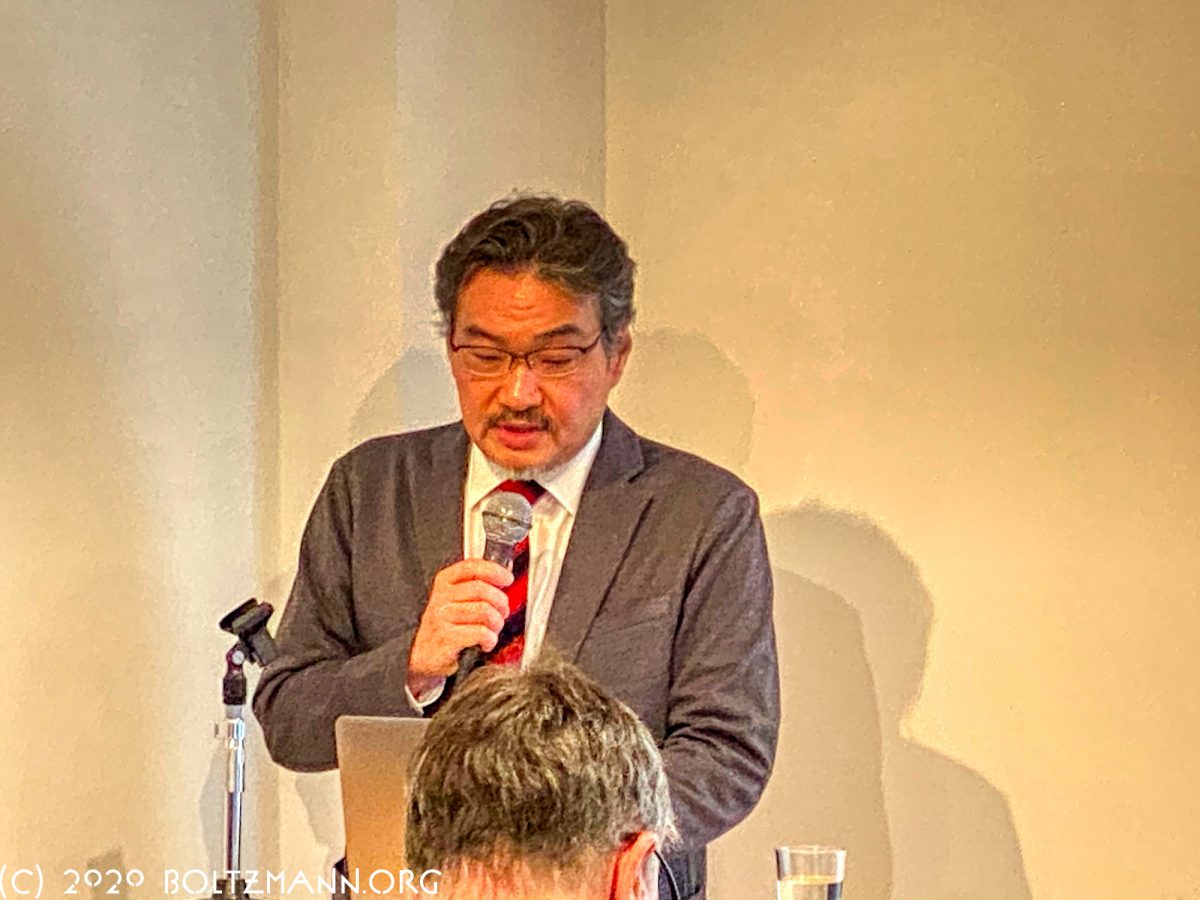
Leave a Reply